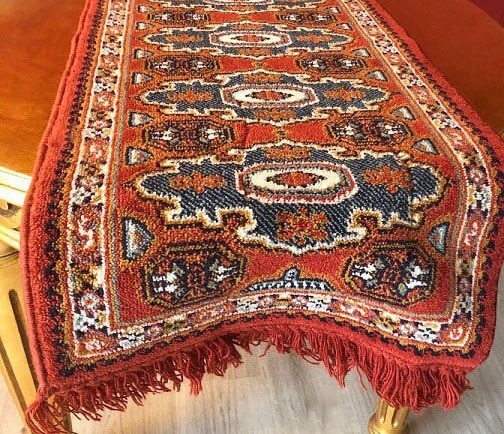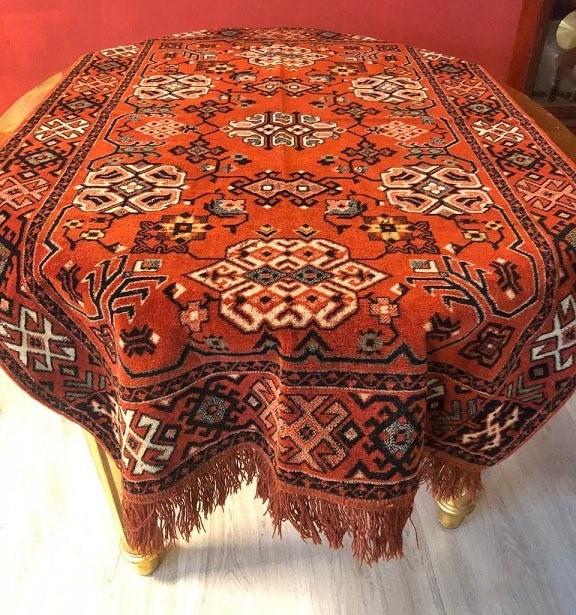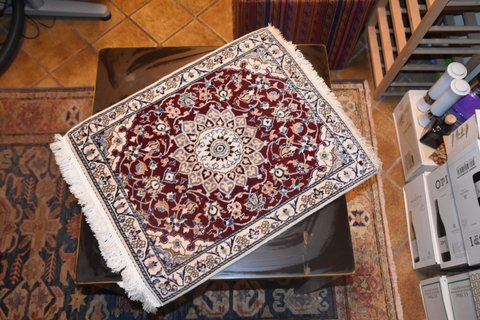
Vintage wollen perzisch / oosters loper tafelkleed / tafelloper klassiek kleed met franjes, rechthoek 155x50 cm – Rood - Tafelkleden - Westenhof

Vintage perzisch / oosters loper tafelkleed / tafelloper / wandkleed / wandtapijt wol, klassiek, rechthoek 147x86 cm – Rood - Tafelkleden - Westenhof

Dunxdeco Tafelloper Oosterse Ritme Chinese Stijl Luxe Kraan Tafelkleed Moderne Esthetische Zachte Fluwelen Desk Decoratieve Stof|Tafellopers| - AliExpress

Tafelloper Spanish arabesque - a motif inspired by patchwork-style ceramics decoratief - Tafellopers - bimago

Retro perzisch / oosters loper tafelloper/ tafelkleed tapijt klassiek, rechthoek 180x40 cm – zwart met oudroze - Tafelkleden - Westenhof

ABAKUHAUS Oriënteren Tafelloper, Marokkaanse Oosterse, Eetkamer Keuken Rechthoekige Loper, 40 x 300 cm, Vermilion Indigo : Amazon.nl: Wonen & keuken

Marokkaanse Tafelkleed Oosterse Oost Patroon Met Grid Stijl Patchwork Ornament Tegels Ontwerp Aziatische Eetkamer Decor|Tafelkleden| - AliExpress


















